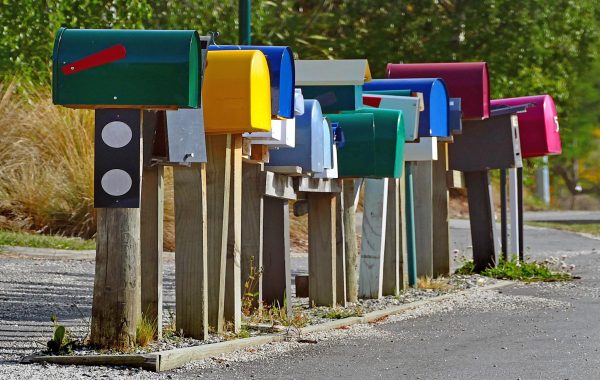Colorado River shortage will have a major impact on Arizonans
The lack of a sustainable plan to combat climate change is contributing to an expected dip in Arizona’s water supply
The Colorado River viewed from Laughlin, Nev.
With Arizona’s population increasing dramatically every year, more water will be needed to satisfy families across the state. However, there is a significant problem many Arizonans do not know about.
The Colorado River is drying up.
The Colorado River has been the “Lifeline of the Southwest” for seven states — Colorado, California, New Mexico, Wyoming, Utah, Nevada, and Arizona — and parts of Mexico since 1922. All pull water from the Colorado River to maintain farmlands, households, and businesses.
And the Grand Canyon State is expected to be hit the hardest.
On Aug. 16, Arizona Big Media reported that United States officials declared the first-ever water shortage from the Colorado River. There are several factors causing the shortage, including climate change, extended droughts, wildfires, extreme temperatures, flooding, and landslides — but also human stubbornness regarding the politics of dividing up the Colorado River water.
Due to the shortage, Arizona will be taking an 18 percent reduction in water deliveries starting in 2022, along with Nevada and Mexico. This reduction will result in less water coming from the Central Arizona Project system, the 336-mile system bringing Colorado River water to central and southern Arizona.
The CAP delivers the state’s single-largest renewable water supply and serves 80 percent of the state’s population — five million Arizonans are dependent on the Colorado River’s water. A large portion of what flows through the CAP Canal goes to cities, farms, and tribal lands.
But the CAP is projected to see a nearly 30 percent reduction in its available supply.
This equates to nearly 18 percent of the state’s cache allocated via the Colorado River, and eight percent of the Copper State’s total water supply.
For the time being, Arizona homeowners and Native tribes will be unaffected in terms of a reliable water source. However, cuts of this magnitude will significantly hamper agricultural production.
“The fact that you’re not feeling it in your tap doesn’t mean you won’t feel it at the grocery store because Pinal County farmers are growing a lot of the things you eat and use,” Arizona State University professor Rhett Larson told the AP.
Forty percent of Pinal County’s farmland depends on the Colorado River.
Another issue that makes water conservation efforts vital is rapid growth in Arizona’s major cities. Census data shows Phoenix was the fastest growing city in the United States between 2010 and 2020, and it was the only city out of the top 10 to post double-digit population growth. The cities of Buckeye and Goodyear were among the decade’s 10 fastest-growing cities.
According to the Arizona Republic, the cutbacks will cause farmers located in central Arizona to receive less in water deliveries, with many expecting supplies to be completely cut off by 2023. These drawbacks have forced farmers to resort to pumping groundwater from wells, leaving many of their fields dry with no crops.
“The cutbacks are happening. The water’s not there,” native farmer Will Thelander told the Arizona Republic.
What is also undeniable is the role climate change plays in not only the “Tier One” shortage, but the “megadrought” the Southwest is experiencing as a whole.
This megadrought, which the Colorado River has endured for 20 years now, set the stage for the announced Tier One shortage. In 2018, USA Today reported the Colorado River’s water levels had dropped by 19 percent since 2000.
“We need a climate plan for the Colorado River, and we needed it five years ago,” Utah Rivers Council executive director Zach Frankel said.










